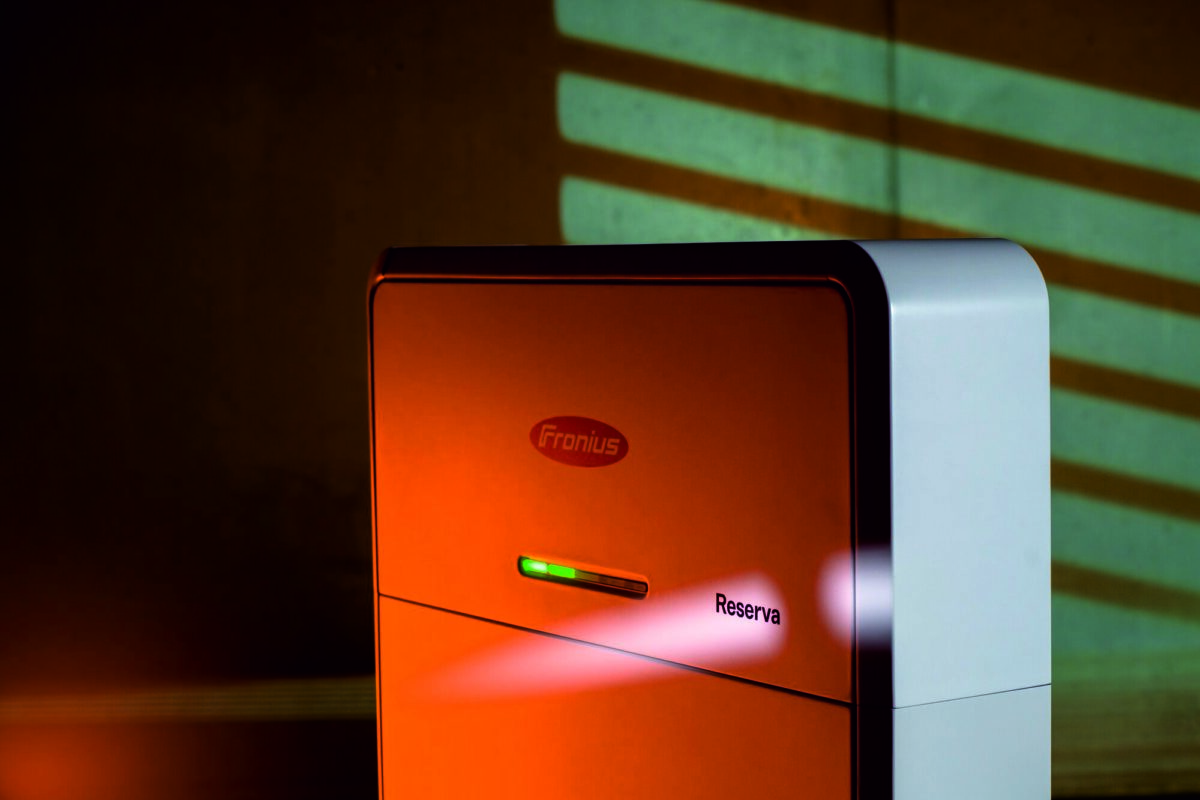The solar industry is presently experiencing turbulence due to variations in silicon wafer sizes, module types, and technological approaches, and in this context, n-type modules are rising in popularity. Recognizing this technology’s improved performance value, Tongwei Solar has unveiled two new products: the TNC-182 module with optimized size and rectangular silicon wafer cell technology and the silver-free 210-THC module. Both new arrivals will enjoy higher power along with lower balance-of-system (BOS) and levelized cost of energy (LCOE).
Tongwei’s existing pilot-scale production line for its independently developed plasma-enhanced chemical vapor deposition (PECVD) TNC (Tongwei N-passivated Contact Cell) technology has achieved an efficiency of 25.7%. In terms of mass production, the conversion efficiency of the TNC cells has exceeded 25.5%. The TNC cells feature high bifaciality, ultra-low attenuation, improved temperature coefficient, and an enviable weak light response. Tongwei Solar's current 182 mm, 72 half-cell module has a power of 588 W, which is 25-30 W higher than PERC, and 10% higher in bifaciality. The company’s new TNC-182 innovates on the 182-72 version and designs for optimal cell and module sizes. The power of the new module versions is further increased by 25-30 W and can now exceed 600 W.
Tongwei Solar has been working on THC technology since 2018, and by March 2023, the mass production efficiency of Tongwei's first GW-level production line in China had reached a level of 26.18% (certified by ISFH). The newly unveiled 210-THC modules feature multiple technological breakthroughs, including the adoption of silver-free technology, ultra-thin silicon wafer technology, bifacial microcrystal technology, high-performance target doping, and light injection. The substitution of silver with copper electroplating further narrows the cost gap with PERC modules. Tongwei Solar’s new 210-THC module series enjoys a lower temperature coefficient and higher bifaciality, which can further increase power generation and achieve lower LCOE. Tongwei is expected to realize large-scale production of its THC modules soon.
In line with the global goal of “carbon neutrality,” Tongwei Solar is further expanding its production capacity and shipment targets, striving to achieve 300,000 tons of high-purity crystalline silicon shipments, 70 GW of cell shipments (including self-use), and 35 GW of module shipments.
Tongwei Solar’s module manufacturing capacity is expected to reach 80 GW by the end of 2023.
This content is protected by copyright and may not be reused. If you want to cooperate with us and would like to reuse some of our content, please contact: editors@pv-magazine.com.




By submitting this form you agree to pv magazine using your data for the purposes of publishing your comment.
Your personal data will only be disclosed or otherwise transmitted to third parties for the purposes of spam filtering or if this is necessary for technical maintenance of the website. Any other transfer to third parties will not take place unless this is justified on the basis of applicable data protection regulations or if pv magazine is legally obliged to do so.
You may revoke this consent at any time with effect for the future, in which case your personal data will be deleted immediately. Otherwise, your data will be deleted if pv magazine has processed your request or the purpose of data storage is fulfilled.
Further information on data privacy can be found in our Data Protection Policy.